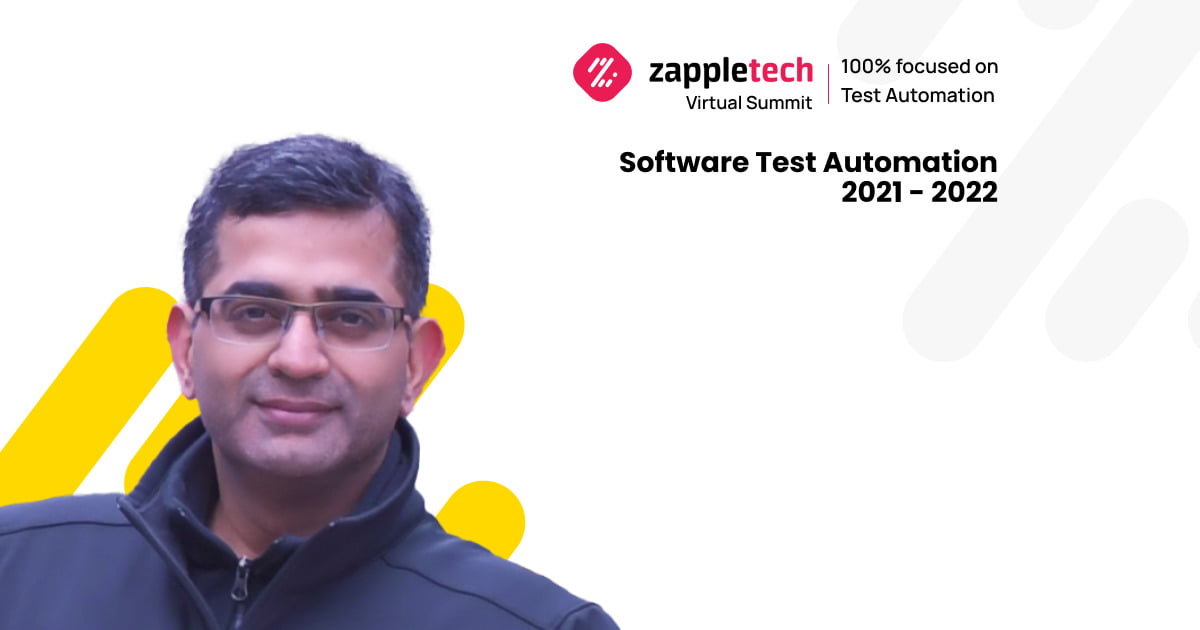Dinesh Raisinghani is Capco’s Principal Asset and Technology Practices Consultant with extensive experience in project and program management, business intelligence, test management, and business development. He spoke about the use of advanced technologies and the digital workforce and how they can be applied to automate UAT.
Table of Contents
The Transformation of UAT Since the Early 2000s
When the Agile manifesto didn’t exist and projects were focused on the Waterfall model, UAT wasn’t in the spotlight. Firstly, functional and system testing were automation’s subjects. Today, with the spread of Agile and DevOps methodologies, it is essential to automate the entire life cycle. We began to notice that there was a slow UAT shift to the left.
Why Automate UAT?
The previous automation framework was time-consuming and could not always interact with developers. Thus, the user testing process had to be done manually. The automation systems currently in use are more expensive, but simultaneously, this type of testing is accelerating, being implemented at all stages of the sprints, and has a clear shift to the left. UAT automation is becoming more popular, approximately 20% of UAT is automated in various industries.
Automation Technologies
- Rule-based technologies – the machine involved does not make cognitive decisions.
- Model based testing.
- Robotic process automation – intelligent and artificial automation.
Let’s consider the last 2 in more detail.
Model Based Testing (MBT)
This is black box testing, meaning we don’t look at the code. We don’t need an automation engineer with coding experience to implement MBT – the user creates flowchart models, the system generates test cases and executes them.
Benefits:
- 95% reduction in test scripting time;
- 90% reduction in text maintenance time;
- 94% reduction in test case design time.
Robotic Process Automation (RPA)
RPA is software with automation capability, a virtual workforce that emulates human execution of repetitive actions. IA and AI are largely judgment-based. The machine makes decisions for people. Examples of this are NetClicks, Google Home. The impact of IA and AI on business is great, but the cost of implementation is too high.
Existing Risks
The implementation of MBT and RPA faces some challenges:
- employee resistance and onboarding;
- ownership issues;
- business case issues;
- right processes;
- maintenance issues;
- change in the organization’s strategy.




